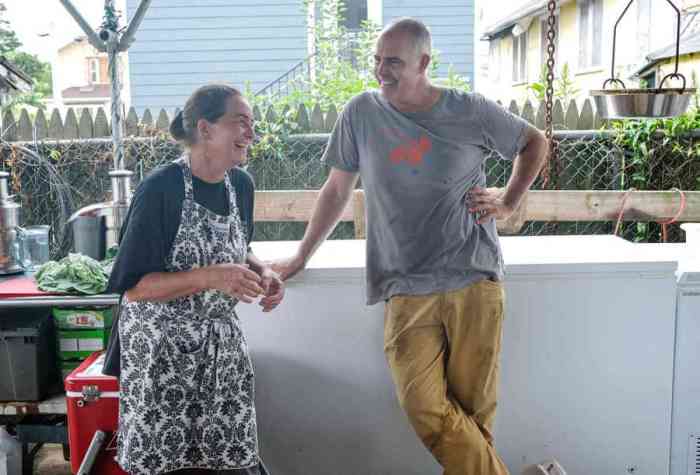In the 1970s, Queens used to be the bread basket of early 20th century New York. Scores of small, but very productive truck farms covered the borough from Elmhurst to the Long Island border.
Against the odds, farms are actually making a comeback in Queens. Not community gardens, which have always had a soft spot to grow in the borough, but real, working, feed-the-people farms.
The farmsteads come in several types, and while none will challenge the established agribusiness, they are making money from the stuff that comes out of the ground, and that’s a big deal.
In the rough-and-tumble Edgemere neighborhood is the pocket-sized Edgemere Farm, founded out of the ruins of Superstorm Sandy in 2013.
In Hollis, the future of urban agriculture sits on the sixth floor of a Banana Republic warehouse. The greenhouse can grow greens — from seedlings to harvest — in just a month.
The Queens County Farm Museum is the last of the farmsteads from the old days, saved from development in the 1970s by a few forward-thinking community leaders. It produces more than $100,000 worth of food for its farm stand every summer.
And the in Long Island City, under the spreading stand of high-rises, is the Smiling Hogshead Ranch, run by a group of families who contribute $35 a year and six hours a month of physical work to farm a half-acre piece of ground that used to be part of the LIRR railyard.
Here’s what life looks like down on the farm.





































